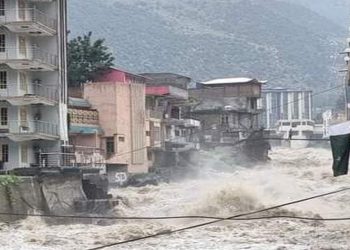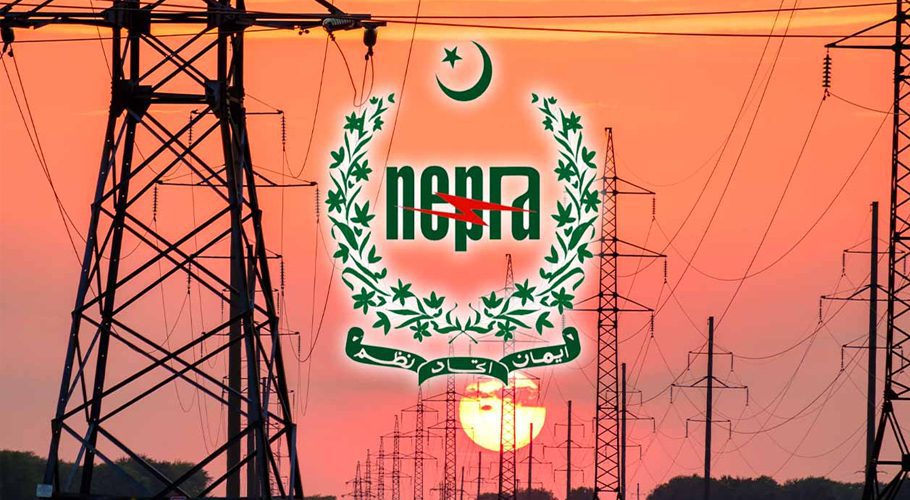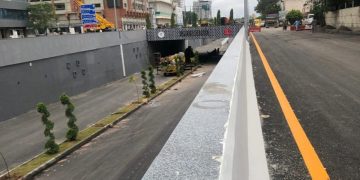Over the past two decades, Pakistan has achieved significant poverty reduction, but human development outcomes have lagged while economic growth has remained volatile and slow. Expansion of off-farm economic opportunities, and the increase in migration and associated remittances allowed over 47 million Pakistanis to escape poverty between 2001 and 2018. The PDM parties are holding the government in Islamabad. PTI under Imran Khan is insisting on elections being called immediately while the government is insisting to complete its term.
And because the government wants to stay, Khan has announced a march to Islamabad, increasing the pressure for elections. The army says that we are staying far away from politics. Even as these lines were being written, the DG ISPR and DG ISI held a press conference to reiterate the institution’s position, where they also spoke of Arshad Sharif’s death and the need for investigations, among other issues. Beyond this, we enter the realm of disputed facts and analyses and biases. Despite rapid poverty reduction, human capital outcomes have remained poor and stagnant, with high levels of stunting at 38% and learning poverty at 75%.
Reflecting a growth model based on private and government consumption, with productivity-enhancing investment and exports contributing relatively limited, Pakistan has experienced frequent macroeconomic crises. Growth of per capita gross domestic product (GDP) has been low, averaging only around 2.1% annually over 2000-2018. The COVID-19 pandemic has also had serious impacts on human development outcomes and economic growth.
Social unrest has serious economic consequences. Political instability has a definite economic impact. Political demonstrations have a negative impact on GDP. Frequent political protests have a direct correlation to ‘micro- and macro-level deprivation’. Just one serious political episode can have a long-term impact on employment and economic growth that lasts for up to six quarters. To be certain, ‘economic damage from long marches is long lasting’. In early FY23, Pakistan’s economy was undergoing an overdue adjustment, as it recovered from the impacts of COVID-19. Supported by accommodative macroeconomic policies, the economy expanded by 6.0 % in 2022. Strong domestic demand, coupled with low productivity growth, high world commodity prices, and the global economic slowdown contributed to severe external imbalances.
To stabilize the economy, the Government began implementing a range of policies to constrain aggregate demand, including a contractionary budget and increases in administered energy prices. As a result of stabilization measures, growth was expected to slow, exchange rate was expected to stabilize, and total public debt was expected to decline gradually from current high levels, while foreign exchange reserves were expected to slowly accumulate.
“On average, major unrest events are followed by a 1% reduction in GDP six quarters after the event”. For Pakistan, that would mean that current long march could cause a major dent in our GDP running into billions of rupees. “Unrest motivated by socioeconomic factors is associated with sharper GDP contractions than unrest associated with political motives. Yet events triggered by a combination of both factors correspond to the sharpest GDP contractions.
“Pakistan has been experiencing heavy monsoon rains since June 2022 leading to catastrophic and unprecedented flooding. Almost 15% of the country is underwater and just over 33 million people are affected. More than 2 million houses have been damaged or destroyed. Loss of life has also been considerable with 1,700 fatalities reported to date. Loss of livestock is also significant with more than 1.1 million animals estimated to have perished, while over 25,000 animal shelters have been damaged. More than 13,000 km of roads are reported to have been affected and 440 bridges have been damaged or destroyed, with these numbers expected to rise. Economic impacts are concentrated in agricultural sector, with over 9.4 million acres of cultivated land destroyed, resulting in significant losses to cotton, date, wheat, and rice crops.
Lower agriculture output is expected to negatively impact industrial and services sector activity, especially given textile sector reliance on cotton (textiles account for around 25% of industrial output). Flooding will impose a lingering drag on output through infrastructure damage, disruption to crop cycles, possible financial sector impacts (microfinance institutions report major solvency problems), and loss of human capital. Preliminary estimates suggest that as a direct consequence of flood, national poverty will increase by 2.5 to 4.0%, pushing between 5.8 and 9.0 million people into poverty.
A 1% reduction in the GDP presumes that the long march will be non-violent. Politically motivated violence depresses economic growth even further. Political scientists, however, continue to investigate the “issue of whether countries recover the output loss from such political instability events by catching up later, or whether the loss is permanent”.
In Pakistan’s case, this long march is taking place in the midst of an economic meltdown which has a potential of depressing our economy to new depths. A long march is in the midst of an oil shock and the midst of a global commodity shock. A long march is in the midst of a debt overload as well but we need is political stability. What our political actors continue to give us is political instability. The distrust between the political parties is something Pakistan has lived with for a long time. But for the military to come to the forefront in such a manner to counter a political party’s rhetoric has simply added to the perception that the distrust between the various political elites has touched new heights. This will of-course affects not only political stability but also economic stability.




























